My Friends,
I have seen some confusion lately on E.M.F, I want to try to clear this confusion up simple as possible.
Here is the definition of E.M.F:
In electromagnetism and electronics, electromotive force (emf, denoted ε and measured in volts) is the electrical action produced by a non-electrical source. Devices (known as transducers) provide an emf by converting other forms of energy into electrical energy, such as batteries (which convert chemical energy) or generators (which convert mechanical energy). Sometimes an analogy to water pressure is used to describe electromotive force. (The word "force" in this case is not used to mean forces of interaction between bodies).
Faradays Law of Electromagnetic Induction predicts Electromotive Force:
E.M.F = -N dΦ/dt
Electromotive Force, which, there is actually no Force at all here, it is Charge, or Energy per Unit Charge, not Force!
E.M.F is Measured in Units of Volts, here is the definition of Volts:
Voltage, electric potential difference, electric pressure or electric tension is the difference in electric potential between two points, which (in a static electric field) is defined as the work needed per unit of charge to move a test charge between the two points. In the International System of Units, the derived unit for voltage (potential difference) is named volt. In SI units, work per unit charge is expressed as joules per coulomb, where 1 volt = 1 joule (of work) per 1 coulomb (of charge).
Ref: Wikipedia Voltage
Now, Suppose we have a Circuit, it is active, its operational, running, and we need to calculate the E.M.F, how do we go about this? Well its very simple! Very simple!
Ohms Law gives us the Solution, V = IR and some may like to see the equation slightly rewritten: E = IR;
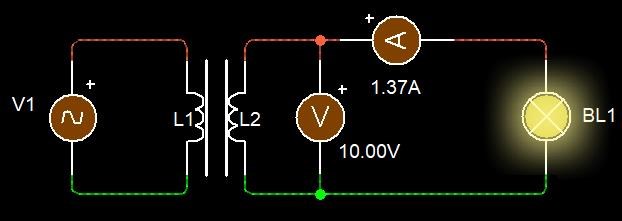
In this Circuit, we have two components, a Coil and a Light (Lamp). The Coil has an E.M.F Induced in it via Faradays Law of Electromagnetic Induction. We all know this off by heart by now.
We need to calculate the E.M.F, and this is really simple!
E.M.F ( ε ) = I x ( RCoil + RLamp ) = 1.36986 x ( 0.3 + 7 ) = 10 Volts.
So we see here, we have an Internal Resistance in the Coil, normally Impedance, and the Load, the Light or Lamp has a Resistance also! So we can see, we now have a voltage that is measured and calculated, as an Open Circuit Voltage.
So, what's the difference between E.M.F and Voltage? Nothing, we Measure the E.M.F as the Open Circuit Voltage, that's all.
Some friends are asking questions about Electromagnetic Induction in the area of: "What keeps the Electrons Moving?" An excellent question to ask!
Answer: Try switching off your Input Current Instantaneously, then see what happens to your Output Current, it falls to Zero immediately also!
We can have E.M.F with No Current, remember this. We can not however have Output Current without Input Current, Input Current is the Supporting and stabilizing factor for Output Current, without this Support, there can be no Output Current.
This experiment can also be done with a heavy duty Potentiometer on the Input, Start at Zero R, then Instantaneously turn it to max, watch your Output Current fall as a result of the Input Circuit Resistance.
NOTE: E.M.F is dependent of the Change, dΦ/dt, where Current is NOT! At least not after the initial Gain in E.M.F. Remember Current I is Dependent on Voltage V, or E.M.F. Input Current can be stable with No Change in Time, and Output Current will also be the same. So once Voltage is stable, Current can also then be Stable, DC Output.
In other words, Bucking Magnetic Fields Pump Current!
I have shown this here: @ 14 : 44
and here @ 25 : 01
This last part IS a Hole in Electromagnetic Induction and NOT Explained! I have just explained it to you and you now have the Answer.
For Reference, this website is a very good read!
So again, what's the difference between E.M.F and Voltage?
Nothing, we Measure the E.M.F as the Open Circuit Voltage.
Best Wishes My Friends,
Chris



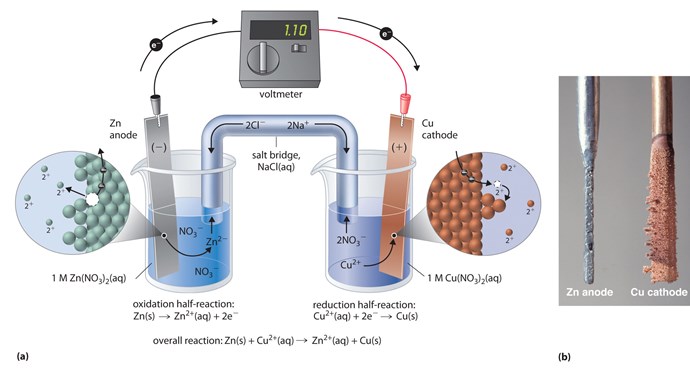


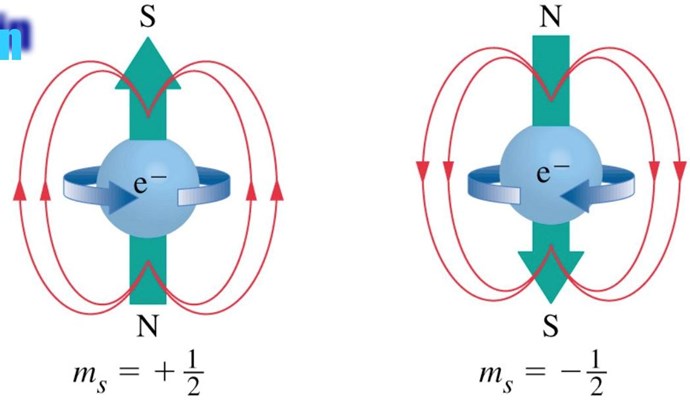
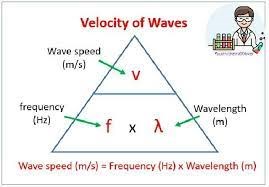
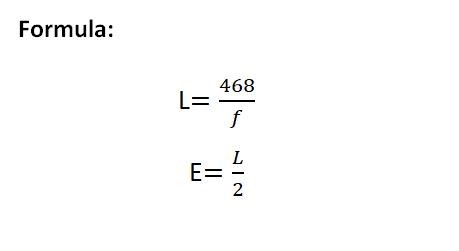




---open-tesla-research.jpg?width=20&crop=0,0,20,20)

